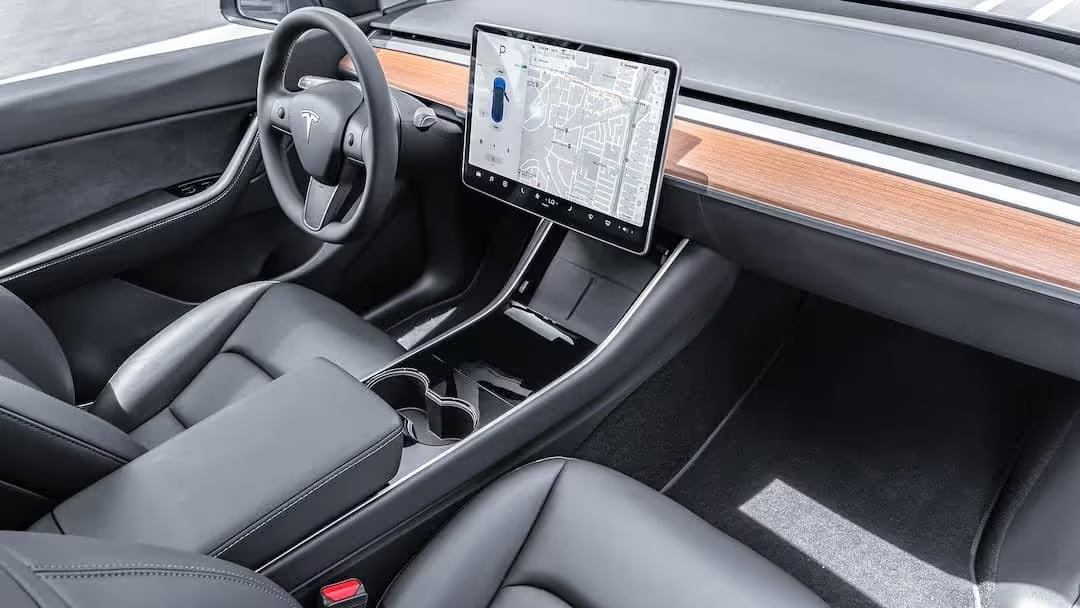In a world rapidly advancing towards sustainability, electric vehicles (EVs) and artificial intelligence (AI) are at the forefront, revolutionizing how we perceive urban mobility. According to a report by Bloomberg Green, the global EV market is expected to grow significantly, with sales projected to reach 10.5 million by 2025. Meanwhile, AI technology is transforming these vehicles into smart, autonomous machines. In this article, we’ll explore how AI and EVs are shaping the future of urban mobility, from autonomous driving capabilities to sustainable city living.
The Rise of Autonomous Electric Vehicles
How AI-Driven Technology is Revolutionizing EVs
AI technology is not just about self-driving cars; it’s about creating a smarter, safer, and more efficient driving experience. Companies like Tesla and Waymo are leading the charge, integrating AI into their electric vehicles to enhance autonomous capabilities. Key advancements include:
- Autonomous Navigation: AI systems, equipped with sensors and cameras, allow vehicles to navigate complex urban environments. Waymo, for example, has been testing its autonomous taxis in cities like Phoenix, showcasing the potential of AI in urban settings.
-
Predictive Maintenance: AI algorithms analyze vehicle data to predict maintenance needs, reducing downtime and extending vehicle lifespan. Tesla’s AI-driven software updates are a prime example of this capability.
-
Enhanced Safety Features: AI enhances safety through real-time data analysis, enabling features like emergency braking and collision avoidance. According to a study by the National Highway Traffic Safety Administration, such features could reduce traffic accidents by up to 90%.
The Role of EVs in Sustainable Urban Mobility
Electric vehicles are pivotal in reducing urban carbon footprints. As cities strive to meet climate goals, EV adoption is critical. Here’s why:
- Zero Emissions: EVs produce no tailpipe emissions, significantly improving air quality in urban areas. A study by the IEA highlighted that widespread EV adoption could reduce global CO2 emissions by 1.5 gigatons annually by 2030.
-
Energy Efficiency: EVs convert over 77% of the electrical energy from the grid to power at the wheels, compared to conventional vehicles’ 12-30% efficiency. This efficiency makes them ideal for urban environments where stop-and-go traffic is common.
-
Integration with Renewable Energy: EVs can be charged using renewable energy sources, such as solar or wind power, further enhancing their environmental benefits. Companies like Rivian and Hyundai are investing in renewable energy projects to support their EV fleets.
Practical Insights into Autonomous EV Adoption
How to Choose the Right Autonomous EV
When considering an autonomous EV, several factors come into play:
- Level of Autonomy: Understand the vehicle’s autonomy level, ranging from Level 1 (driver assistance) to Level 5 (fully autonomous). Tesla’s Autopilot, for instance, currently offers Level 2 autonomy with plans for future advancements.
-
Battery Life and Range: Check the vehicle’s range on a single charge. Models like the Lucid Air offer up to 520 miles, making them ideal for city commutes and longer trips.
-
Charging Infrastructure: Consider the availability of charging stations. Brands like Volkswagen and Ford are expanding their networks, ensuring easy access for urban drivers.
Where to Experience Autonomous EV Technology
If you’re curious about experiencing autonomous EV technology, here are some suggestions:
- Test Drives: Many manufacturers offer test drives of their autonomous vehicles. Tesla and Nissan often have events showcasing their latest models.
-
Ride-Sharing Services: Companies like Cruise and Waymo offer autonomous ride-sharing services in select cities, providing a real-world experience of AI-driven mobility.
-
Tech Expos and Auto Shows: Events like CES and the Los Angeles Auto Show feature the latest in autonomous EV technology, allowing you to explore and interact with cutting-edge innovations.
The Future of Urban Mobility
What to Expect from AI and EV Integration
The convergence of AI and EV technology is set to redefine urban landscapes. Here’s what we can anticipate:
- Smart Cities: Autonomous EVs will play a crucial role in developing smart cities, where data-driven infrastructure optimizes traffic flow and reduces congestion. According to TechCrunch, cities like Singapore are already implementing smart systems to enhance mobility.
-
Shared Mobility: AI will facilitate shared mobility solutions, such as autonomous shuttles and car-sharing services, reducing the number of vehicles on the road. This shift could lead to a 30% decrease in urban traffic, as reported by Reuters Mobility.
-
Enhanced Urban Planning: Urban planners will need to design cities that accommodate autonomous EVs, integrating charging stations and AI-powered traffic management systems.
Conclusion: Embracing the Future of Mobility
As we look to the future, the integration of AI and EVs promises to transform urban mobility, offering cleaner, smarter, and more efficient transportation solutions. By embracing these innovations, we move closer to sustainable, congestion-free cities that prioritize safety and environmental responsibility. How will you adapt to this new era of mobility? Share your thoughts in the comments below. As AI and EV technologies continue to evolve, the possibilities for autonomous urban mobility are endless, paving the way for a cleaner, more connected world.

